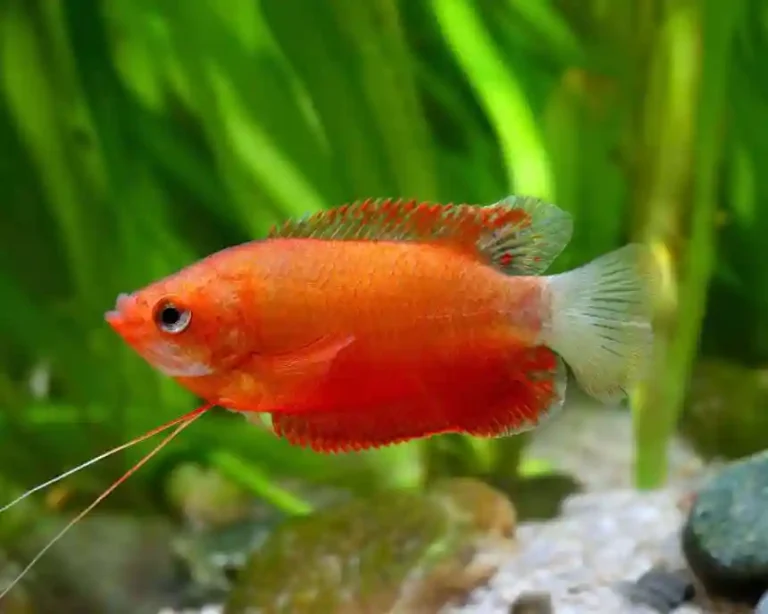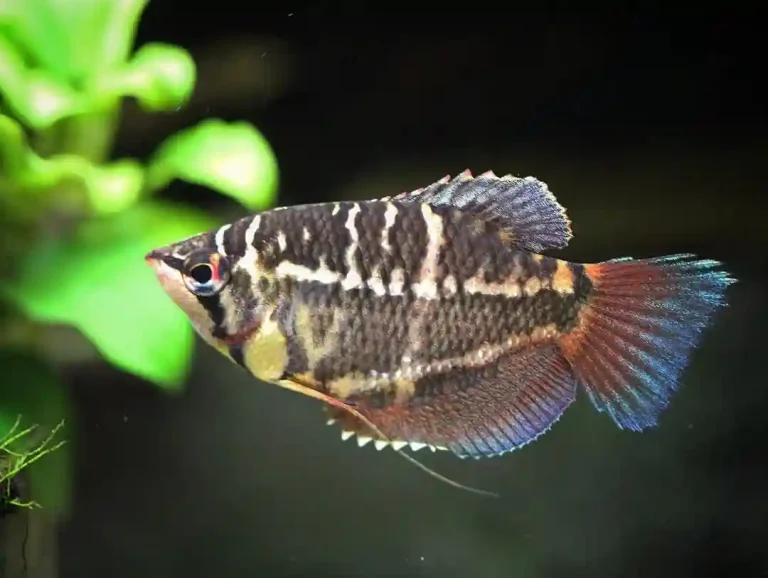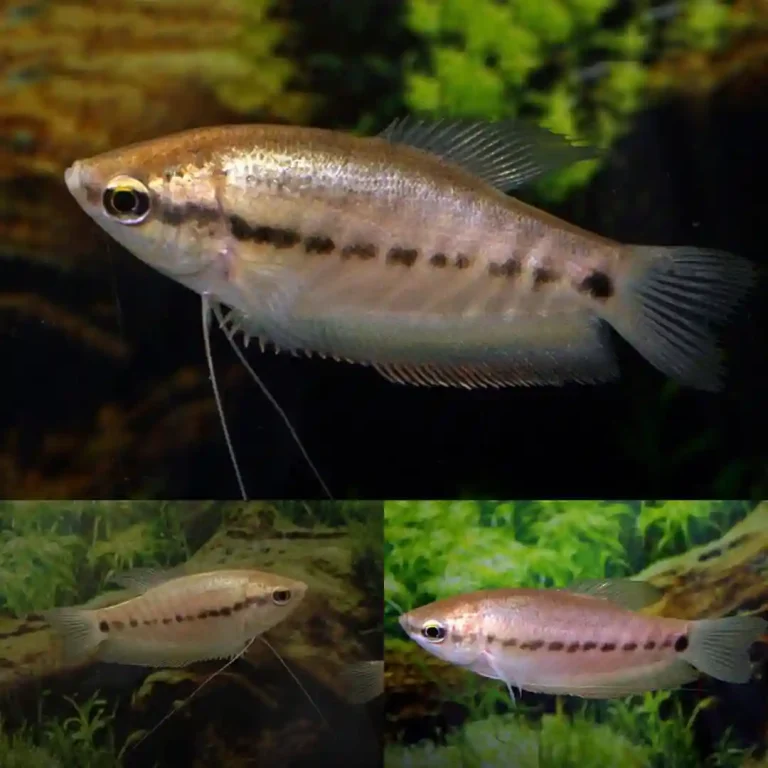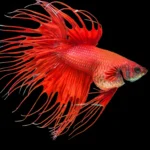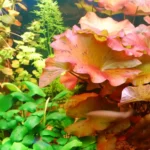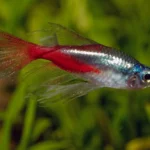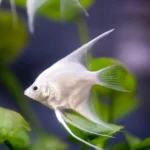Plecostomus Care Guide: Size, Lifespan, Tank Setup, Diet & Tank Mates
Plecostomus, or Plecos, are bottom-dwelling freshwater fish known for their algae-eating habits and peaceful nature. They range in size from 4 to over 20 inches depending on the species and can live 10 to 15 years. Proper Pleco care includes choosing the right tank size, providing clean, warm water, offering a balanced diet, and adding plenty of hiding spots.
What Is a Plecostomus?
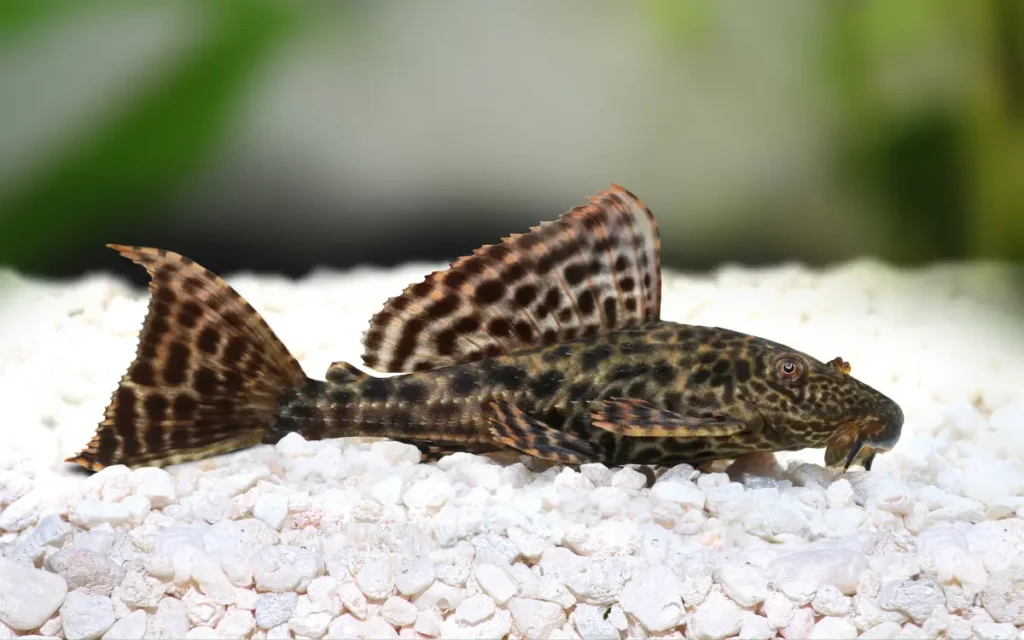
Plecostomus, or Pleco for short, is a popular name for several species of armored catfish that come from rivers and streams in South America. These bottom-dwelling fish are famous for their algae-eating habits and suckermouths that help them stick to surfaces. With their peaceful nature and unique look, they are a favorite among aquarium keepers. Depending on the species, Plecos can stay small or grow into giants that need large tanks.
Plecostomus Species vs Tank Size Table
| Species | Adult Size | Recommended Minimum Tank Size |
| Bristlenose Pleco | 4–6 inches | 30 gallons |
| Clown Pleco | 3–4 inches | 20 gallons |
| Common Pleco | 18–24 inches | 100+ gallons |
| Royal Pleco | 13–17 inches | 100+ gallons |
| Sailfin Pleco | 15–20 inches | 100+ gallons |
How Big Do Plecos Get and How Long Do They Live?
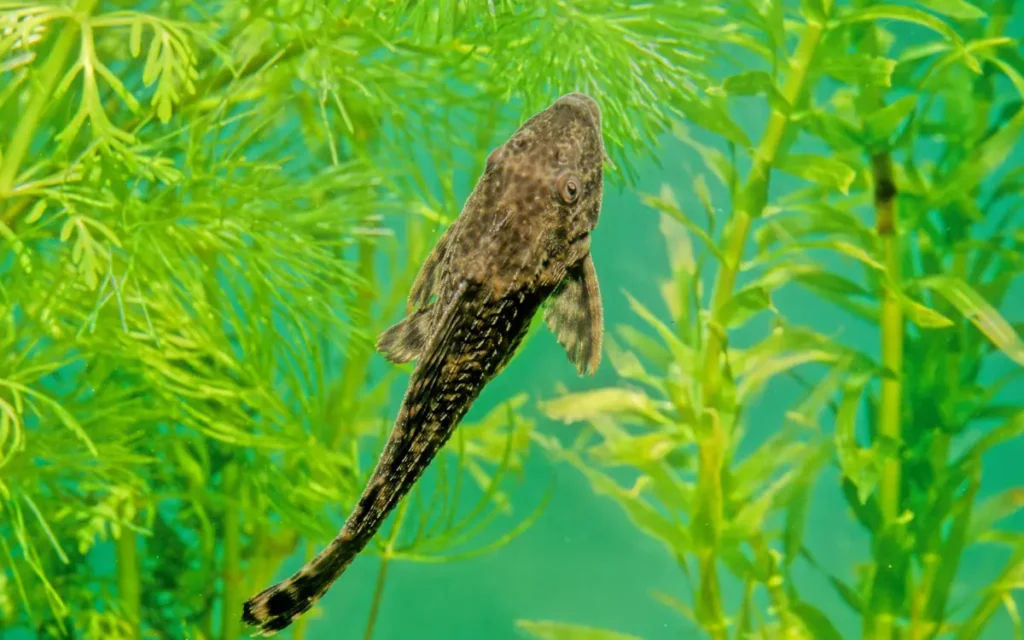
Plecos vary in size. Small species like the Bristlenose Pleco usually reach 4 to 6 inches as adults. Others, like the Common Pleco, can grow over 18 inches and need huge tanks. When given proper care, Plecos can live for 10 to 15 years, so they are a long-term commitment.
What Tank Size Do Plecos Need?
Your Pleco’s adult size will determine the right tank size. A Bristlenose or Clown Pleco can do well in a 30-gallon tank. Large species, like the Common or Sailfin Pleco, need at least 100 gallons, with larger being better. It’s important to plan for their full size, not just the size they are when you bring them home. A tank that’s too small can stunt their growth and harm their health.
What Water Conditions Do Plecos Like?
Plecos are hardy but need clean, stable water. Keep the temperature between 72 and 82°F, with a pH of 6.5 to 7.5. Since Plecos create a lot of waste, a strong filter is important to keep water clear and safe. They prefer tanks with moderate water flow, similar to their natural river homes.
What’s the Best Tank Setup for Plecos?
A Pleco’s tank should have plenty of hiding places to help them feel safe. Use driftwood, caves, rocks, or PVC tubes. Soft sand or smooth gravel is the best choice for substrate so they don’t scratch their bellies. Driftwood is especially important for wood-eating species like the Royal Pleco, as they use it as part of their diet.
Avoid sharp decorations that might injure your Pleco. And remember, a larger tank with more hiding spots helps prevent territorial behavior.
What Do Plecos Eat?
Although they’re often called algae eaters, Plecos need more than just algae to stay healthy. Feed them sinking algae wafers, veggie pellets, and blanched vegetables like zucchini, cucumber, and spinach. For wood-eating species, make sure they have access to driftwood in the tank.
Plecos are most active at night, so it’s best to feed them just before the lights go out. This helps ensure they get enough food without competition from other fish.
Are Plecos Peaceful? What Tank Mates Are Best?
Plecos are generally peaceful and spend most of their time on the bottom of the tank. But they can become territorial if there isn’t enough space or hiding spots, especially with other bottom-dwelling fish.
The best tank mates are peaceful fish that swim in the middle or upper parts of the tank. Good options include tetras, rasboras, danios, and peaceful cichlids (in large tanks). Corydoras can work too, as long as the tank is big enough for everyone to have their own space.
Can You Breed Plecos at Home?
Breeding Plecos at home is rare for most species. Bristlenose Plecos are the exception — they may breed if the tank has caves, good water quality, and the right conditions. The male guards the eggs until they hatch, and the fry can be fed baby brine shrimp or crushed flake food.
Common Problems with Plecos
Many people unknowingly choose Plecos that will outgrow their tanks. A small juvenile Common Pleco may seem fine in a 30-gallon aquarium, but it will soon need a much bigger home.
Another issue is underfeeding. Even in tanks with algae, Plecos need extra food to stay healthy. Poor water quality from too much waste is also a concern, so regular tank maintenance is key.
FAQs
Can Plecos live in a 20-gallon tank?
Only small species like Clown Plecos or young Bristlenose Plecos can live in a 20-gallon tank, and even then, it’s best to plan for a larger tank as they grow.
Do Plecos clean tanks?
Plecos help control algae, but they don’t clean tanks. They add to the tank’s bioload and still need proper maintenance.
Can Plecos live together?
Plecos can live together only in large tanks with plenty of space and hiding spots to prevent fights over territory.
Final Thoughts
Plecostomus are interesting, hardy fish that can live for many years when cared for properly. Choose a species that fits your tank, provide a balanced diet, and keep up with water maintenance to enjoy a healthy Pleco for years to come.

